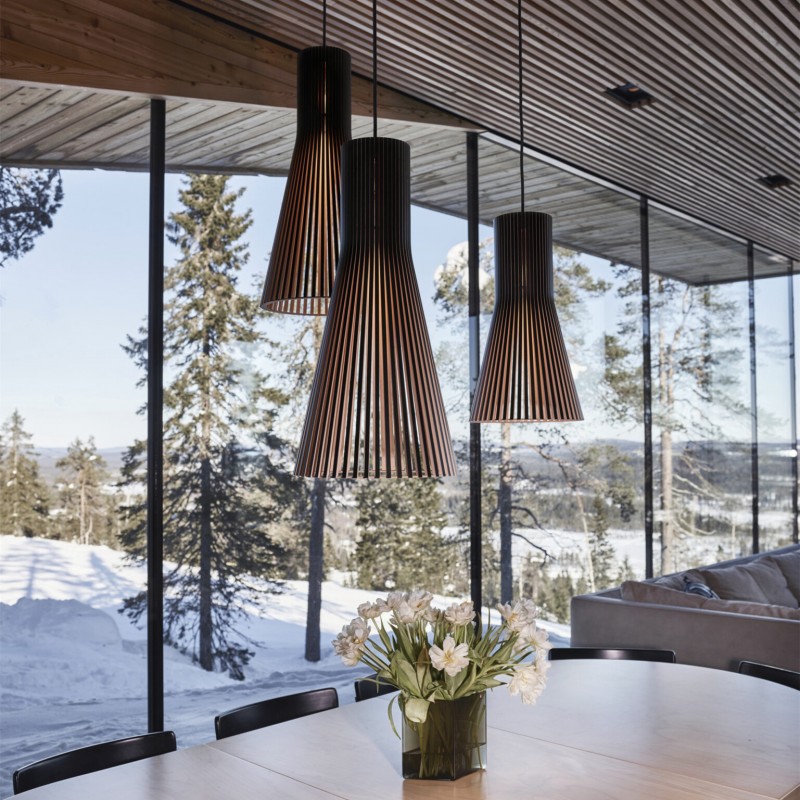Are pendant lights dimmable?
Depending on the type of bulb you install in your fixture, the answer to this question may vary. It is important to choose the right bulbs, which should be able to meet your design’s lighting needs while also providing optimal energy efficiency and long-term performance.
LED Light Bulbs: With their 25 times longer life and 75% less energy consumption, LED light bulbs are a good choice for integrating into your fixture. They also come with a low-profile design, making them suitable for spaces that require a sleek and modern aesthetic.
CFL Light Bulbs: Compact fluorescent lamps (CFLs) are also a popular choice, and they come with an array of advantages over incandescent bulbs, including better energy efficiency and lower operating costs. They also last 25 times longer and emit less heat than incandescent bulbs.
They can be used in a variety of environments, including the home or office. They have a wide range of brightness levels and offer greater control than standard bulbs.
In addition, LED bulbs are often cooler to the touch than incandescent bulbs, which makes them a good choice for spaces with a high level of ambient humidity or temperature.
These bulbs can be installed in a variety of fixtures, including chandeliers and wall sconces. They have a low-profile design and are available in a number of styles, from sleek and modern to vintage and rustic.
Pendant lights that are dimmable can be a great way to add additional versatility and functionality to your space. This allows you to set the mood in a living room or bedroom while still having the ability to use the light when needed, such as for reading or dressing.
This is an important feature for kitchens, because it can help you create a more functional and stylish workspace without disrupting the flow of activity. It also allows you to save on electricity by only lighting the areas that need it, which helps reduce your utility bill.
How to Choose the Best Dimmers for Your Fixture:
Before you shop for your new dimmer, it is important to check its voltage requirements and whether it will work with your existing fixtures. This will ensure that you get the best possible dimming performance from your new fixtures.
The voltage requirement is crucial, as it determines which type of dimmer you need to purchase for your fixtures. Some fixtures need a magnetic system that is compatible with low-voltage, while others require electronic dimmers.
Some dimmer switches can be adapted to dim any low-voltage fixture, while others are designed to work with a specific type of fixture, such as LED or CFL bulbs. Lastly, some dimmer switches have built-in dimming functions that can be controlled with your phone or tablet.
For a dimmer to be successful in your fixture, it needs to have the capability to adjust the intensity of the light at a range of brightness levels, from fully lit to barely visible. The dimmer should also be easy to operate, with a simple on-off switch or an on/off slider.

